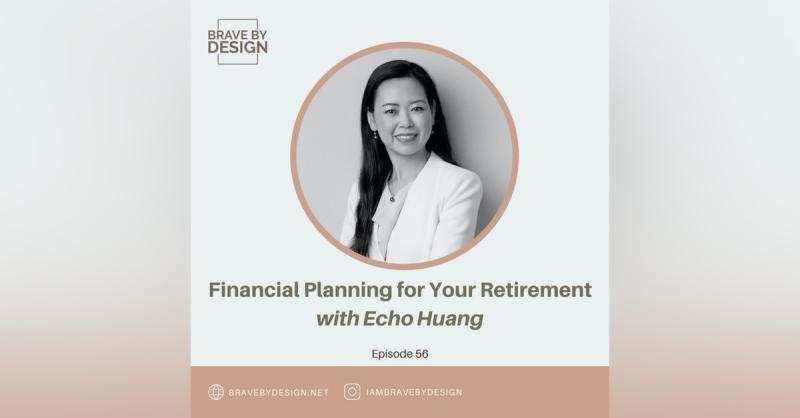Tax Planning Isn’t Just a Once a Year Thing
We tend to think of tax planning season being February-April each year. But that’s an incorrect belief. Tax planning is a year-round thing. Recently, I’ve been sharing the eight tax strategies with which I help my clients. I introduced you to how diversifying your income sources and utilizing IRA, can effectively reduce your taxes. Then I showed you how you can help your children open and fund their own IRAs, how you can be creative in your charitable giving, and why it is important to open a health savings accounts.
In my last blog, we continued learning about how to utilize municipal bonds and understanding net unrealized appreciation as ways to positively affect your tax situation.
Today, I will wrap up this part of your wealth management process by explaining how to manage your tax bracket and harvest gain, as well as how to manage your deductions. All these strategies can plan a key role in maximizing your tax savings. And who doesn’t want to save?
Strategy 7: Manage Your Tax Bracket and Harvest Gain
Long-term capital gains are generally taxed at preferential tax rates rather than ordinary income tax rates.
A recent tax cut offered a series of tiered preferential rates, from 0 percent for those in the lowest tax brackets, to 15 percent for those in the middle, and 20 percent for the highest-income taxpayers. You can refer to the year 2020 federal tax rates on both ordinary income and long-term capital gains here.
Unlike tax-loss harvesting, which helps lower your income tax bill by selling investments that are currently trading for less than their purchase price and then using those losses to offset other capital gains or reduce taxable income, capital gains harvesting is a strategy by which you can turn unrealized long-term capital gains into realized capital gains by paying taxes at a lower rate now if you expect your tax rates to go up in the future.
When you convert the money in your IRA to a Roth IRA, you pay ordinary income tax, not the capital gain tax rate.
When you sell appreciated securities that you have held for at least one year inside your taxable accounts, the realized long-term gains are subject to the long-term capital gains tax rates.
Capital gains rates have their own brackets that differ from ordinary income tax rates, and good tax planning lies in capturing the 0 percent and 15 percent capital gains tax rates.
I’m going to provide the general considerations on the order of when to do partial Roth conversion and when to realize long-term capital gains when selling appreciated securities inside your taxable accounts:
- For people who have negative taxable income (i.e., deductions exceed income), partial Roth conversions will effectively have a marginal tax rate of 0 percent at the federal level. Therefore, absorbing any negative taxable income with a partial Roth conversion should come first.
- From there, it’s hard to beat 0 percent on the long-term capital gains rate by realizing some long-term capital gains in your taxable accounts.
- Once the 0 percent long-term capital gains bracket fills up, for those households that already have too much in Social Security benefits, pensions, passive income, RMDs, or other income sources, and are no longer exposed to the alternative minimum tax (AMT), it may be more beneficial to conduct partial Roth conversions by paying the 22 percent or even 24 percent tax rate, to avoid the 32+ percent brackets.
- In the most extreme cases, for people who will always be at the top tax brackets (over $622,050 taxable income for future years), it may be advisable to harvest partial Roth conversions at 32 percent or 35 percent tax brackets to avoid the very top (37 percent) tax bracket in the future.
Strategy 8: Manage Deductions
In 2017, the standard deduction was increased.
Today, only 15 percent of people benefit from itemized deductions because the standard deduction is actually higher than their itemized deduction.
For example, a retired couple that no longer has mortgage interest to deduct loses a big component of itemized deductions. If they give $5,000 to charity each year, this still does not put them over the $28,100 standard deduction for a married couple (if over age 65 in 2020).
In addition, in 2019, the tax law changed again so that state income tax and property tax, which used to be unlimited, is now capped at $10,000 a year.
A retired couple whose property tax and charitable giving only amounts to $15,000 falls far below the standard deduction for married couples. However, they can use a donor-advised fund to maximize their deductions.
For example, if they have stocks in Apple and Ecolab that have a substantial unrealized long-term gain, they can donate the appreciated stocks with market value of $50,000 in a donor-advised fund. This can be added to their $10,000 property tax deduction to give them an itemized deduction of $60,000 this year that is $31,900 more than standard deduction, saving more taxes by using itemized deduction. For the years you don’t make major charitable gifts, you can choose the standard deduction and still request grants from your donor-advised fund to benefit your favorite charities.
Another strategy for tax savings to benefit the family involves contributing to a college savings 529 plan, which produces some state income tax savings and funding for the future qualified education costs of a loved one.
As we conclude this blog and the series on tax strategies to maximize savings, I want you to remember that tax planning is not just for tax season. You don’t do some planning and forget about it. It’s important to think about tax planning in the same way you think about investing.
The idea of meticulous planning, building on this plan, creating an investment strategy, and executing and monitoring it also applies to tax planning. This is particularly important when there are major changes in tax laws.
Ask yourself, what type of tax planning you have done this year with the tax CPA on your dream team . If you don’t have a tax CPA on your team, you’ll need to have basic knowledge and keep up with tax laws so as not to overpay your taxes.
Second, ask yourself what your federal marginal tax rate was last year, and identify how much more taxable income you can earn before you reach your next tax bracket.
Review and identify two actions you can take now to potentially improve your tax situation next year and into the future.
Remember, tax planning is not only for April. It means all-year-round planning and even multiyear tax planning using projection tools.
I know reviewing these tax strategies may have felt like a long race for you. Thank you for pushing through and absorbing all my tips and strategies. I encourage you to take one step at a time, or like in a marathon, one mile at a time. Your finish line equals maximizing your tax savings.
Have any of you ever run a marathon? What was the hardest mile for you? Let me know below.
Next time I will introduce a new topic, estate planning. I know it might sound unpleasant, but I promise to shed much light on the subject.













